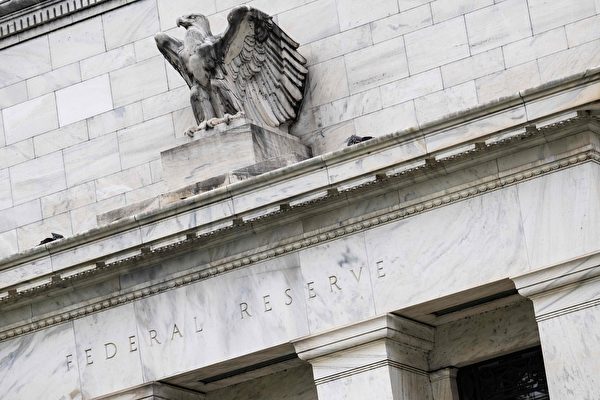The Federal Reserve announced a 50 basis point interest rate cut on Wednesday (September 18th), marking the first rate cut in five years and putting an end to the debate in the market about whether it would be a 25 or 50 basis point cut.
Since the last rate hike in July 2023, the Federal Reserve had maintained the federal funds rate at a range of 5.25% to 5.5%, the highest level in 23 years. However, recent employment and inflation data in the U.S. have supported the case for a rate cut. The consumer price index (CPI) for August showed an annualized rate of 2.5%, the lowest level since February 2021. Wholesale prices in August rose by 0.2%, in line with expectations. Unexpected declines in employment data for August further fueled calls for a rate cut by the Federal Reserve.
In the days leading up to the announcement, speculation in the market increased about the possibility of a larger, 50 basis point cut, with reports suggesting the Federal Reserve might take more aggressive action while officials remained silent.
Federal fund futures traders had placed the probability of a 50 basis point cut at over 60% as of Wednesday morning, signaling market expectations for a more substantial rate reduction. The Federal Reserve’s statement indicated that economic activity continued to expand steadily, although employment growth had slowed, and the unemployment rate had risen but remained low. Inflation was moving closer to the committee’s 2% target, with a slight upward trend.
Historically, the Federal Reserve has tended to adjust rates by 25 basis points. However, when the interest rate stance and risk balance were not in sync, they have acted more quickly. Officials had previously raised rates by 50 to 75 basis points in 2022 to combat high inflation.
Market sentiment heavily favored a 50 basis point rate cut, and a smaller 25 basis point cut would potentially be seen as a more hawkish move, possibly leading to market turbulence. The possibility of significant losses in the market was highlighted if the Federal Reserve unexpectedly opted for a 25 basis point cut, with 92% of economists expecting this scenario.
Analysts from Deutsche Bank indicated that regardless of the decision, significant market reactions were to be expected due to the existing uncertainty. A similar situation of uncertainty had occurred 15 years ago, where large gains and losses were experienced by different market participants.
Before the Federal Reserve announcement, debates had been intense on Wall Street over whether the rate cut should be 25 or 50 basis points. Jeffrey Gundlach, the CEO of DoubleLine Capital, supported a 50 basis point cut, suggesting the Federal Reserve was significantly lagging behind the curve. On the other hand, Ray Dalio, founder of Bridgewater Associates, stated in an interview with Bloomberg that a 25 basis point cut was the right move.
Following these opinions, Jamie Dimon, CEO of JPMorgan Chase, remarked that market concerns about whether the Federal Reserve would have a “soft landing” or a “hard landing” were exaggerated. He emphasized that the focus should be on the economic fundamentals rather than the specific magnitude of the rate cut, as most people have experienced similar situations before.

